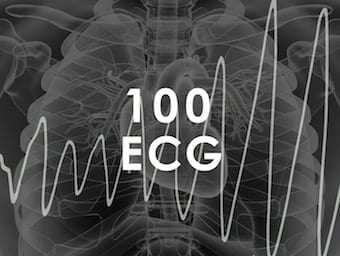
Newer Anticonvulsants
Overdose with newer anticonvulsant agents include: Gabapentin, Lamotrigine, Levetiracetam, Oxcarbazepine, Pregabalin, Tiagabine, Topiramate and Vigabatrin.

Overdose with newer anticonvulsant agents include: Gabapentin, Lamotrigine, Levetiracetam, Oxcarbazepine, Pregabalin, Tiagabine, Topiramate and Vigabatrin.

Carbamazepine overdose has a predictable dose-dependent CNS depression and anticholinergic effects. Carbamazepine if unique in the anticonvulsants that is also has sodium channel blocking effects and can act similarly in overdose to a tricyclic antidepressant and the role of sodium bicarbonate should be remembered.

We discuss the management of benzodiazepine overdose including zopiclone and zolpidem as which carefully selected cases to use flumazenil. Benzodiazepines are a frequent presentation either as a single ingesting or in combination. With good supportive care prognosis is excellent.

Over anticoagulation is a common problem with warfarin and acute intoxication maybe in those with or without an anticoagulation requirement. This can make the approach to treatment difficult when considering the need for therapeutic anticoagulation and expert advice maybe required.

The NOACs, new oral anticoagulants (although not so new now) have been promoted as equivocal or if not better than warfarin for anticoagulation. Certainly from a consumer point of view it is far easier to manage than clean loading and INR checks.

Commonly called "superwarfarins" they cause massive anticoagulation in patients that last from weeks to months. In contrast single ingestions can be benign, particularly in children when it would be extremely rare for them to ingest enough unintentionally as these agents contain a bittering agent.

A 74 yr old patient presents to the ER having suffered several episodes of chest pain over the preceding 24 hours. Describe and interpret his ECGs. LITFL Top 100 ECG

Strychnine has had a colorful history from Wes Anderson's "The Grand Budapest Hotel" to Tovery swallowing some down with a charcoal chaser to prove how effective charcoal can be at the French Academy of Medicine in 1831

Paraquat is a widely used herbicide and is unique in toxicology for a couple of reasons. Firstly supplemental oxygen should be avoided due to the risk of developing oxygen free radicals. Secondly treatment does not follow the usual RRSIDEAD approach, patients require immediate decontamination to prevent a lethal outcome.

Organophosphate and carbamate insecticides are responsible for 100,000+ deaths worldwide, particularly in developing countries due to its availability. Organophosphorus agents can be broken down into three groups:

Chlorinated pesticides are widely used in agriculture but the most common source or organochlorines is Lindane, used for the treatment of head lice. Acute ingestion or repeated large dermal expose causes neurological toxicity which can lead to seizures and a coma.

Hydrogen Peroxide is an oxidising agent used widely in domestic and industrial products. It causes damage by three main mechanisms: direct corrosive injury, oxygen gas formation and lipid peroxidation.